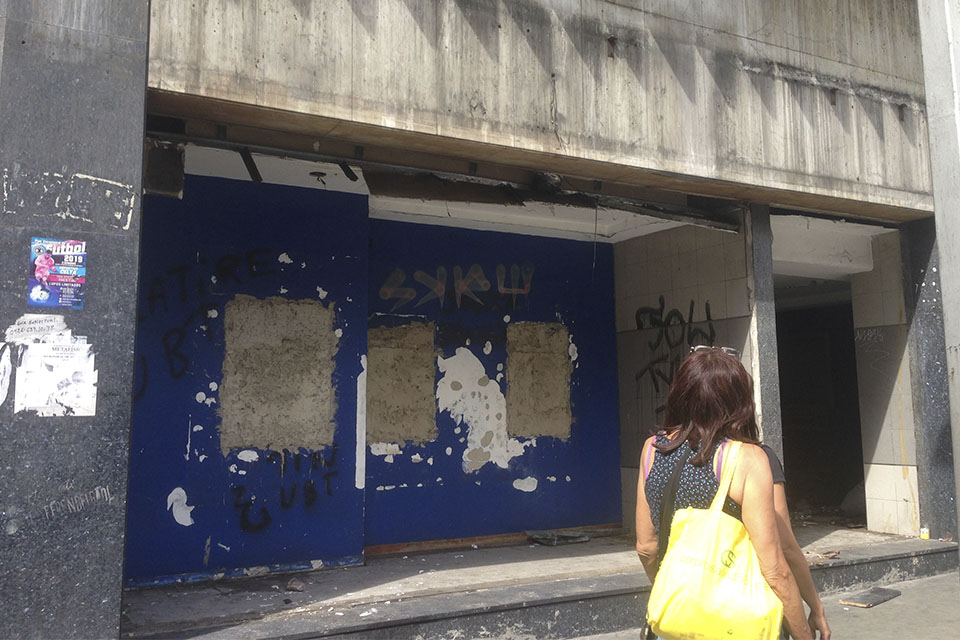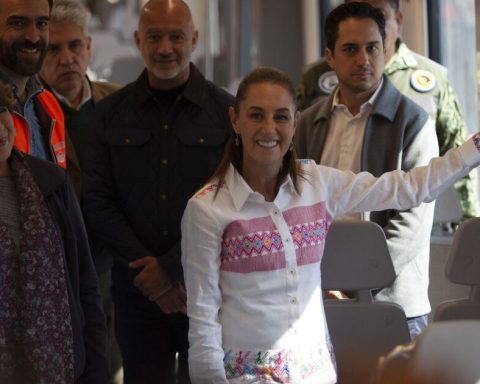Data from the BCV and Sudeban indicate that the reduction of traditional customer service channels and for transactions in the Venezuelan banking sector, such as automatic teller machines, continues. The figures highlight that in two years 598 bank branches in the country closed and today, the points of sale are the main means used by which operations are executed.
The reduction shown by the Venezuelan banking sector is linked to the recession of the country’s economy that lasted eight years, as well as the increase in the legal reserve, with the migration of bank workers, with the covid-19 quarantine. 19, with the shortage of cash and with the promotion of the so-called “digital economy” by the administration of Nicolás Maduro.
Due to the difficulties in offering optimal financial intermediation, Added to this is the drop in the number of traditional service channels such as ATMs and bank branches in all the country. While the points of sale and the new ways to carry out transactions via the Internet have occupied spaces.
According to recent figures published by the Central Bank of Venezuela (BCV) Regarding transactional channels, between November 2021 and November 2022, 6,375 million operations were carried out. Being the three great channels points of sale with 52% of the total, mobile payment with 27.2% and the banks’ Web platforms with 15%. These three channels represented 94% of all transactions.
“Ten years ago the profile of pesos was different, at that time the three large channels were points of sale with 46%, automatic teller machines (ATM) with 23% and bank offices with 20%,” said the economic consultancy AlBusData, referring to to these figures.
The consultant indicated that the points of sale have maintained their importance, “in fact, their number has increased significantly in the last 10 years.” In 2012 there were 339,000 points of sale and in 2022 the figure reached 826,000.
«We see a different reality in the numbers of automatic teller machines (ATMs). In 2012 there were 8,800 ATMs in operation and in 2022 some 4,700. To a large extent, this occurred due to the little cash in bolivars which we have been able to count on in recent years”, stressed AlBusData.
In the last three years, the banking sector visualized an intermediation opportunity in the development of means of payment (P2P) and, intermediation processes in the exchange market thanks to the new policies in this matter, in force in Venezuela.
The consulting company KPMG highlighted in a study on Venezuelan banking that the current environment in which financial institutions operate has undergone changes in recent years, either due to regulatory requirements or due to obsolescence in their processes, which leads to evaluating a technological transformation characterized by the exponential growth of information generation, access, processing and storage capacities to continue offering quality services focused on the needs of its clients.
“In view of these considerations, probably the majority of banks in the national market have made investments in technology, to adjust to their business strategy and maintain customer loyalty, responding to their expectations that increasingly demand services agile and at a lower cost”, he highlighted.
KPMG also indicated in this new reality the trend in Venezuelan financial institutions is an acceleration of digital, it has become an imperative for banks, both to support customer demands and to reap efficiencies. “Digitalization must become the foundation of your business, as a new banking landscape develops, which may bring with it new competitors.”
* Also read: Venezuelan banks reach the lowest level of their ability to grant credit
Less offices
In the data published on the sector by the Superintendency of Banking Sector Institutions (They sweat)For its part, the number of branches in the sector continues to decline. As of December 2022, the sector had 2,587 branches, which represents a decrease of 598 branches compared to January 2020 (3,185) and a drop of 868 compared to 2018 (3,455).
Although the global trend is that bank customers increasingly prefer banking on-line, agency closures also mean fewer workers. Sudeban figures indicate that at the end of 2022 there were 33,838 bank employees versus 57,298 in 2018.
It is worth remembering that workers in the financial system have also been part of the Venezuelan diaspora in the last decade.
For their part, the external ticket offices were one of the first customer service channels that the banks closed. According to the banking supervisory body, in 2018 the number of ticket offices was 636 versus 262 in December 2022.
For KPMG, there is no doubt that the present and future of banks are looming towards entities that are increasingly digital and open to new trends, which provide agility and effectiveness in banking transactions.
«Institutions in the banking sector, in recent years, have made great efforts to offer unified experiences to their customers, through the use of various service channels that facilitate interaction with their bank. In this sense, the majority considers that technological modernization and personalized attention are the activities that help to improve and maintain customer loyalty”, he highlighted in the study.
An important point to note is that these figures also show how the Venezuelan banks have decreased in size, as a result of the difficulties they have had to grow.
The results until the end of 2022 indicate that bank credit represents 10% of the total assets of the system, when it reached 65%. While financial intermediation is between 18% and 22%, that is, that For every 100 bolivars received in deposits, it delivers only 22 bolivars in credits.
According to various banking analysts, this percentage is the lowest in its history. “Banks have already reached historical floor levels in the granting of credits. Not even in the oil strike of 2002 and 2003 was it so low. Everything is represented in cash reserves, this is absurd,” economist Leonardo Buniak told SuchWhich in a previous report.
*Also read: Sudeban initiates bank inspection plan to avoid “distortions” of the dollar
Post Views: 56
















